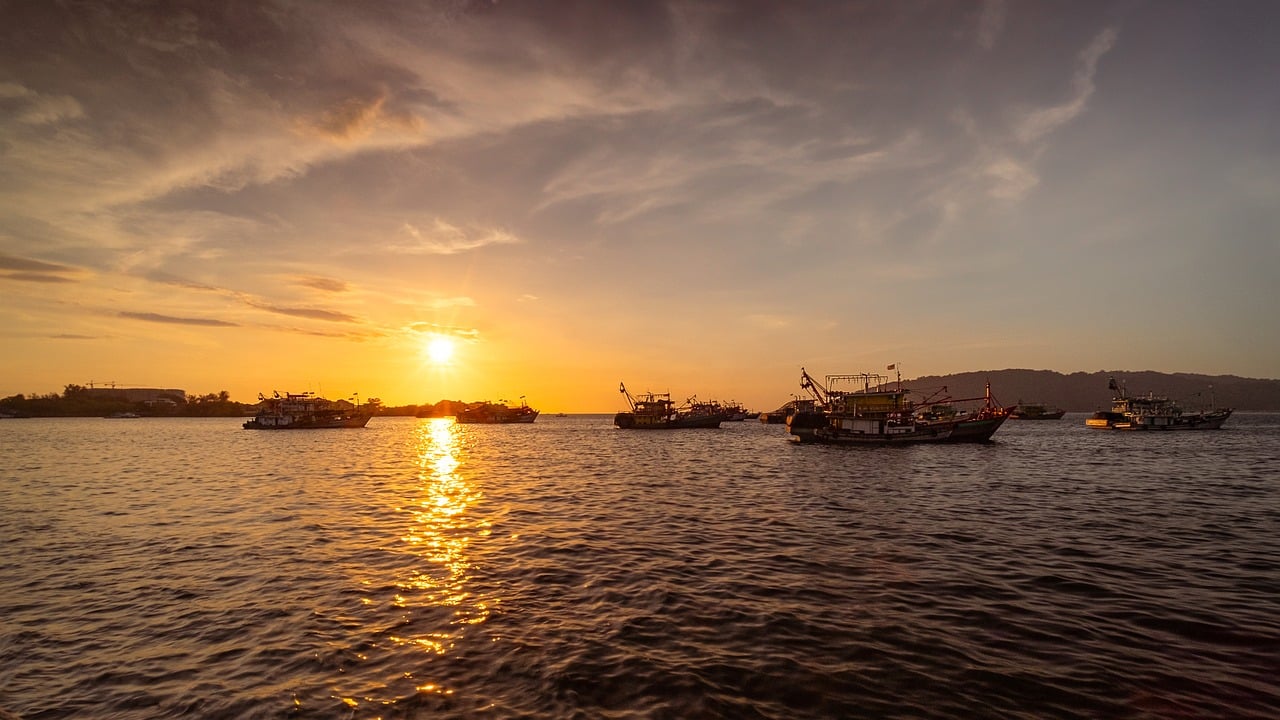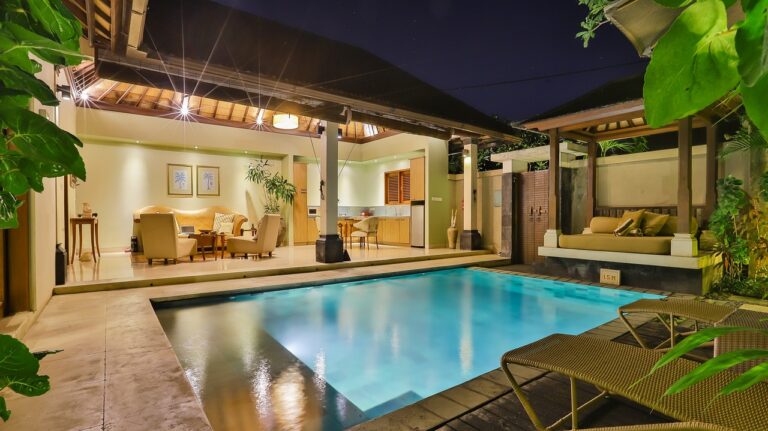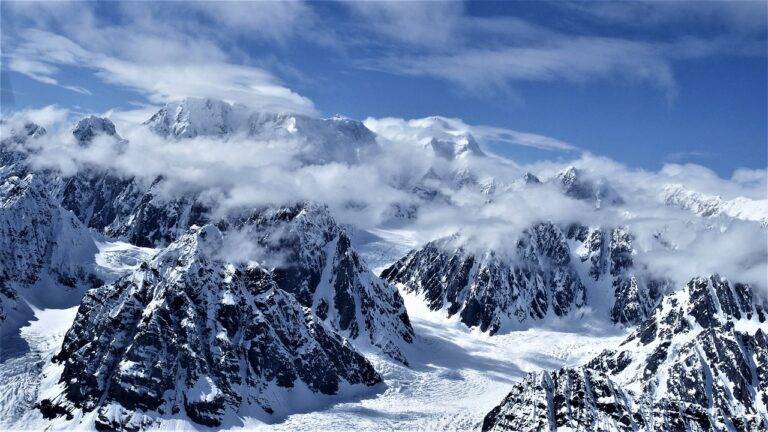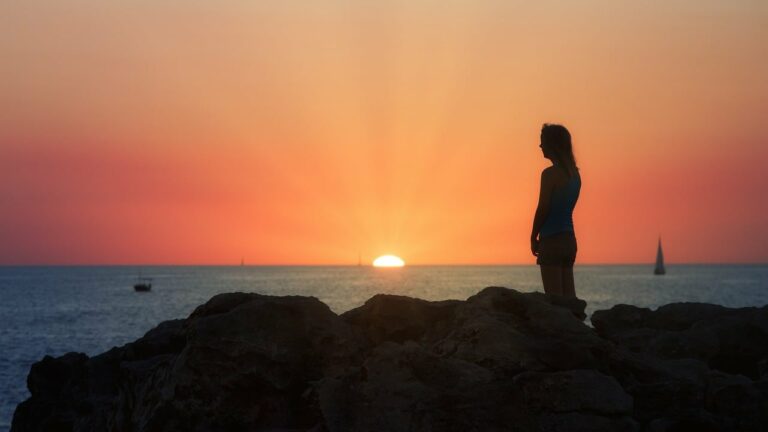Landscape Photography Tips for Travelers: Capturing Scenic Beauty on the Go
For landscape photography, having the right equipment is crucial to capturing stunning images. A high-quality camera with manual settings and interchangeable lenses is essential for controlling the depth of field and capturing intricate details. A sturdy tripod is also indispensable for keeping your camera still and enabling long exposure shots for creating silky smooth waterfalls or star trails.
Investing in a range of filters such as circular polarizers and neutral density filters can significantly enhance your landscape photos by reducing glare, improving color saturation, and controlling exposure in bright light conditions. Additionally, carrying spare batteries and memory cards is imperative to ensure you never miss a perfect shot due to technical limitations.
Understanding Composition Techniques
Composition in photography is an essential element that can greatly impact the overall aesthetic and storytelling of your images. One key technique to keep in mind is the rule of thirds, which involves dividing your frame into a 3×3 grid and placing key elements along the gridlines or at their intersections to create visual interest and balance. This principle helps guide the viewer’s eye through the image, leading to a more engaging composition.
Another important composition technique is leading lines, which are lines within the image that lead the viewer’s eye towards the main subject or focal point. By incorporating leading lines, such as roads, fences, or rivers, you can create a sense of depth and draw attention to the main subject within the frame. Experimenting with different angles and perspectives can help you discover innovative ways to incorporate leading lines into your compositions for more compelling photos.
• Rule of Thirds: Divide frame into 3×3 grid
• Place key elements along gridlines or intersections
• Creates visual interest and balance
• Guides viewer’s eye through the image
• Leading Lines: Lines that lead viewer’s eye towards main subject
• Can be roads, fences, rivers, etc.
• Creates sense of depth and draws attention to main subject
• Experiment with angles and perspectives for more compelling photos
Utilizing Natural Lighting to Enhance Your Photos
Natural lighting plays a crucial role in landscape photography, as it can greatly enhance the mood and atmosphere of your photos. When capturing outdoor scenes, it’s important to pay attention to the direction and quality of light. Soft, diffused light during the golden hours of sunrise and sunset can create a warm, inviting glow in your images, while harsh midday sunlight may produce strong shadows and harsh contrasts.
One way to take advantage of natural lighting is by observing how it interacts with the elements in your composition. Experiment with different angles and positions to see how light enhances the textures, colors, and shapes in your scene. By adjusting your shooting position or waiting for the right moment when the light is just right, you can elevate the visual impact of your photographs and create stunning images that captivate viewers.
Why is natural lighting important in photography?
Natural lighting can greatly enhance the mood and quality of your photos. It can add depth, texture, and dimension to your images, creating a more visually appealing result.
How can I best utilize natural lighting in my photos?
Pay attention to the direction, intensity, and quality of the light when taking photos. Experiment with different angles and times of day to capture the best lighting for your subject.
Do I need expensive equipment to take advantage of natural lighting?
Not necessarily. While professional equipment can certainly help, natural lighting is available to everyone. You can achieve great results with just a camera and a basic understanding of how to use natural light to your advantage.
How can I improve my composition when using natural lighting?
Understanding composition techniques such as the rule of thirds, leading lines, and framing can help you create visually appealing photos. Experiment with different compositions to see what works best with the natural lighting in your environment.
Can I use natural lighting for all types of photography?
Yes, natural lighting can be used for a variety of photography genres, including landscape, portrait, and still life photography. Experiment with different lighting conditions to see how they affect your photos in each genre.





